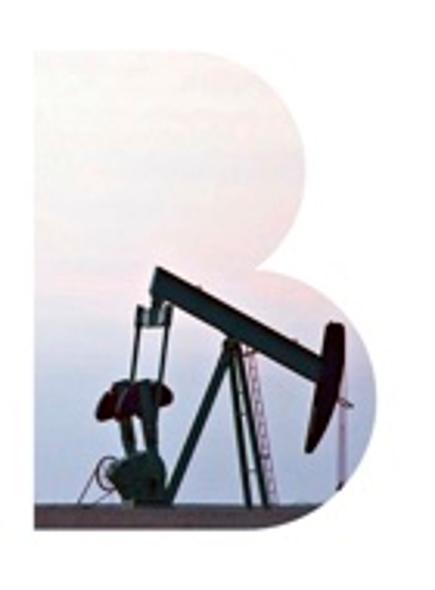Oil Price Forecast 2016
![{[downloads[language].preview]}](https://www.rolandberger.com/publications/publication_image/rb_oilprice_download_preview.jpg)
Since 2007, we have published a yearly overview of all available oil prices to help companies devise informed forecasts for the following year.


Since 2007, we have published a yearly overview of all available oil prices to help companies devise informed forecasts for the following year. Of course, prices are not always as forecasted; in 2015, for example, the average price of oil was nearly half of what companies had budgeted. This year, we once again analyzed the accuracy of last year’s forecast as well as the market dynamics and trends that have influenced oil prices in the past—and those that will continue to do so in the future.
While no one could have predicted the decrease in price in 2015, the last 15 years have shown that oil-exporting countries forecast oil prices more accurately than institutions—a position that has been losing ground over the past 5 years, however. A new trend—the rise of the institution as forecaster—occurred as the United States became a major producer and exporter of shale oil, a move that led to oversupply and a subsequent drop in demand. Such a phenomenon is often caused by a recession, but this has not been the case in this instance.
Saudi Arabian producers, who in the past adjusted their output to influence prices, have continued production at the same rate as before. Saudi producers have traditionally been marginal swing suppliers; their reluctance to cut production and influence prices despite OPEC suggestions has been driven by their interest in protecting their share of the market and fear of encouraging American producers.

In tracking company forecasts from 1999 through 2015, we found that producers used a forecasting error—or safety margin—in their budget assumptions. While this exact number varied by country, it was used to account for potential fluctuations in price; when prices were lower than forecasted, the safety margin for the next year was calculated significantly lower. While there is no clear consensus between institutions and producers, forecasts for the coming year are ~50 USD.
Both sides cite the imbalance of supply and demand, yet political influencers see a solution to this in the form of US production cuts. Market-determined prices show a moderate rebound with the cost of production and number of economically viable reserves. Institutions’ predictions have been correct for the past few years, but a variety of socio-political influences may yet make 2016 very different. In this publication, we provide our expert insight into these issues.

![{[downloads[language].preview]}](https://www.rolandberger.com/publications/publication_image/rb_oilprice_download_preview.jpg)
Since 2007, we have published a yearly overview of all available oil prices to help companies devise informed forecasts for the following year.